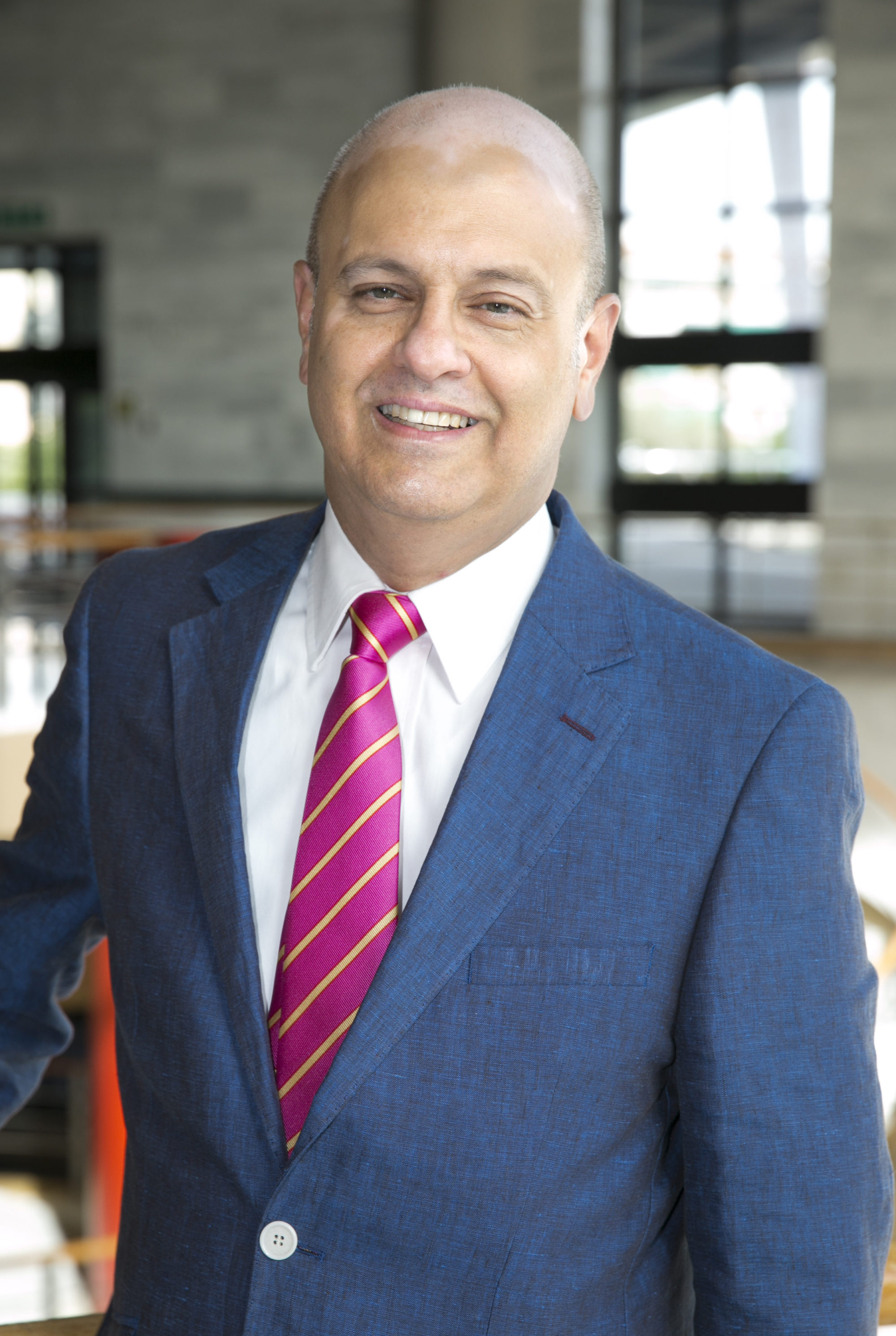Luis Fernando Longo Upegui, Corporate Risk Manager at Carvajal, states that “it is very important to forecast and act sufficiently in advance to mitigate or minimize the new risks appearing in the market”. For this executive of the Multi-Latin company, their identification during the periodic assessment “allows businesses to remain in operation in the future”. In his opinion, the main current risks are Compliance, Legal, Internal Fraud, Financial, Technology, Information Security, Country, Reputational, Physical or Pure and Operational risks.
Risk and Insurance Management” (hereafter, R&IM):Organización Carvajal was established in 1904 in Cali and has grown to become a large Multi-Latin company. What are the differences between the risks the Colombian company faced during its initial years of operation and those it is facing now?
Luis Fernando Longo Upegui (hereafter, ‘LFLU’): After it was established, Organización Carvajal started operating in Cali and it was solely dedicated to printing books and magazines. Being a local business, risk was controlled with a centralized approach.

The company entered new markets, expanding its risk universe and responsibilities, since it was not a centralized business any more, forcing the organization to generate new administration approaches. It must currently administrate risks by type of activity and in each country in which it operates, in addition to adapting to the different risks.
R&IM: How are risks currently managed by a company that offers many different products, services and solutions, and which has 19,000 collaborators and operates in 14 countries in America?
LFLU: A global application methodology was defined, in which Risk Management and Administration is contemplated as follows: establishing the context, identifying risks, analyzing, assessing and handling them. This is carried out while they are monitored and reviewed, reporting and requesting for assistance in each area.
“Currently, Organización Carvajal must administrate risks by type of activity and in each country in which it operates, in addition to adapting to the different risks”
R&IM: What are the biggest risks in the internal corporate environment, in the market and in the current global international scenario?
LFLU: The main risks are: Compliance, Legal, Internal Fraud, Financial, Technology, Information Security, Country, Reputational, Physical or Pure and Operational risks.
R&IM: The company operates in different business sectors: packaging, Propal, education, technology and services, Mepal, B2B media and communication solutions. Are there specific risks in each segment and market?
LFLU: Yes, different risks are managed in each type of operation, according to the type of activity.

“The most unexpected risks are pure or physical risks are those arising from natural disasters and operational risks arise from the exposure received, in accordance with the materials used during the activity”
R&IM: What are the most unforeseen uncertainties and those that are most difficult to face? What tools do you use to fight against them or minimize them?
LFLU: Pure or physical risks are those arising from natural disasters and operational risks arise from the exposure received, in accordance with the materials used during the activity. They are mitigated with exhaustive loss control measures, supported by the different international regulations (NFPA – FM) for the administration of risks.
R&IM: What are the other characteristics of the risk management model implemented by your company and what external support do you receive?
LFLU: We implement exhaustive monitoring procedures to the risk mitigation controls, which are classified by type of activity, with the support of the insurance broker, insurance companies and internal and external auditors.
R&IM: Has risk management been spread and integrated throughout the company as a whole? What areas and departments collaborate, participate the most and are aware of these procedures?
LFLU: Organización Carvajal uses an Integral Risk Management system, in which all teams of the Organization participate, according to their level of responsibility.
R&IM: The different activities and countries in which the company operates have to face a large variety of risks. How are these actions coordinated?
LFLU: The work of the team is led by the Corporate area, which is passed on to the whole of Organización Carvajal.
R&IM: For the fourth year on a row, the Gartner study “IT Services Market Share Ranking” confirms that Carvajal Tecnología y Servicios is still leading the ranking of Information Technology (IT) service providers in Colombia, with a 10.4% market share. What new risks have appeared in the technology sector?
LFLU: Cyber-attacks and information leakage.
“New risks have appeared in relation to technology, such as cyber-attacks and information leakage”
R&IM:How are these new technological risks and, especially, cyber-risks faced?
LFLU: The company is facing these new risks by implementing the following controls: security measures focusing on mitigating information leakage and the implementation of the update project, focused on IT security.
R&IM: In your opinion, what are the biggest concerns for risk managers in Latin American companies right now and into what segments or areas will this evolve in the future?
LFLU: The biggest concerns are those associated with geopolitical, technological and market risks.

“The biggest concerns for risk managers of Latin American companies are those associated with geopolitical, technological and market risks”
R&IM: Do you believe that it is important to forecast and act sufficiently in advance to mitigate or minimize the new risks appearing in the market?
LFLU: This is very important. These are identified in the periodic risk assessment and will allow businesses to continue operating in the future.





